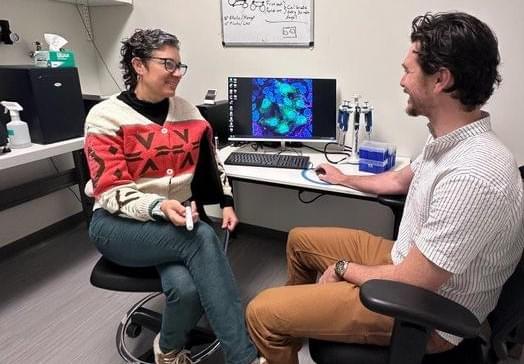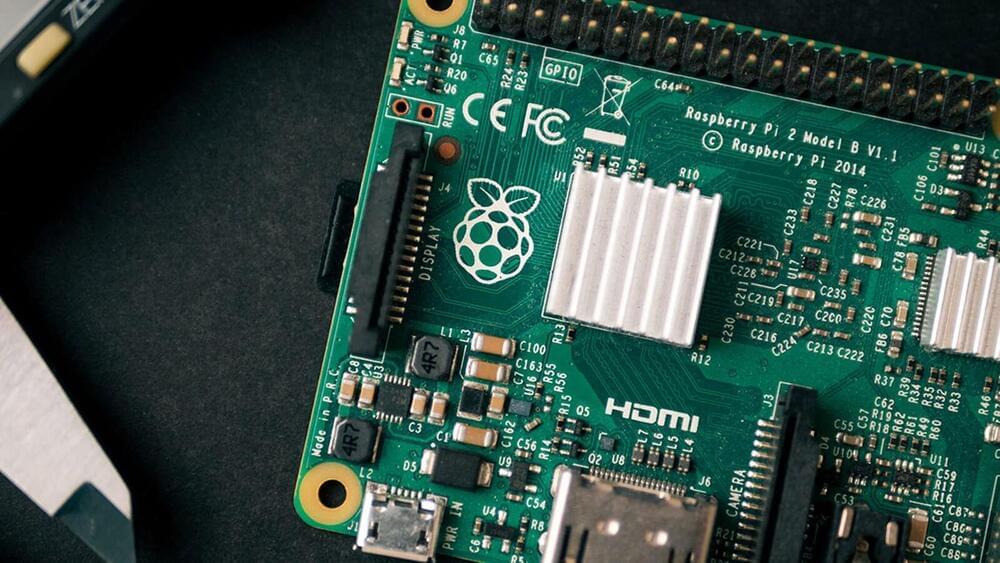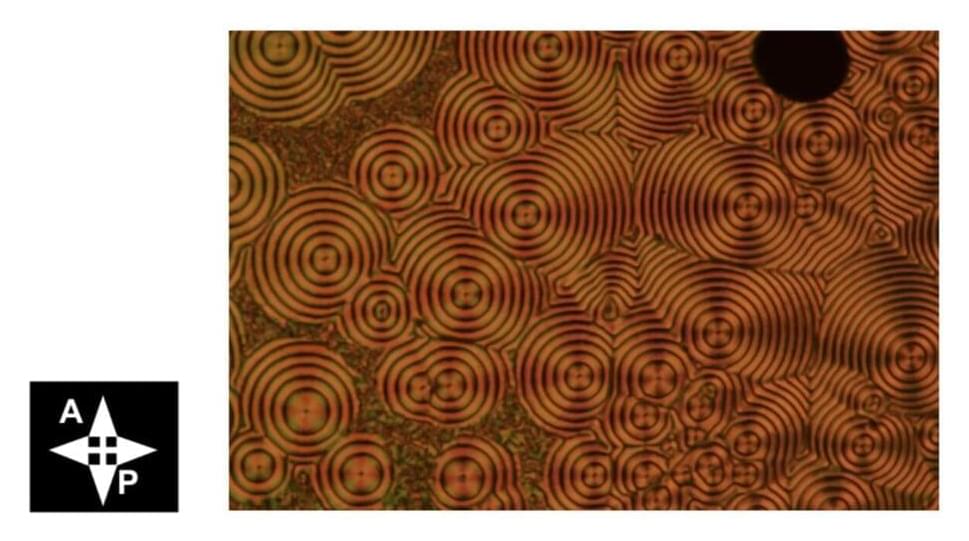With tech, “things take longer to happen than you think they will, and then they happen faster than you thought they could,” the former Treasury Secretary said Thursday.
How can the microscopic creatures, tardigrades, also called water bearers, help contribute to developing new medical treatments? This is what a recent study published in Protein Science hopes to address as a team of international researchers investigated how tardigrade proteins could replace certain medical treatments when refrigerating those treatments are unavailable, specifically regarding stem cell treatments, and could possibly slow the aging process.
One reason tardigrades are an intriguing option is due to their ability to start and stop suspended animation when presented with outside stressors. Now, researchers are attempting to introduce tardigrade proteins in human cells, and the researchers have found some surprising results.
“Amazingly, when we introduce these proteins into human cells, they gel and slow down metabolism, just like in tardigrades,” said Dr. Silvia Sanchez-Martinez, who is a Senior Research Scientist at University of Wyoming and lead author of the study. “Furthermore, just like tardigrades, when you put human cells that have these proteins into biostasis, they become more resistant to stresses, conferring some of the tardigrades’ abilities to the human cells.”
Levels of spinal fluid amyloid become abnormal long before Alzheimer disease is clinically apparent, a recent study shows.
Google.org, Google’s charitable wing, is launching a new program to help fund nonprofits developing tech that leverages generative AI.
Called Google.org Accelerator: Generative AI, the program is to be funded by $20 million in grants and include 21 nonprofits to start, including Quill.org, a company creating AI-powered tools for student writing feedback, and World Bank, which is building a generative AI app to make development research more accessible.
In addition to funding, nonprofits in the six-month accelerator program will get access to technical training, workshops, mentors and guidance from an “AI coach.” And, through Google.org’s fellowship program, teams of Google employees will work with three of the nonprofits — Tarjimly, Benefits Data Trust and mRelief — full-time for up to six months to help launch their proposed generative AI tools.
Cybercriminals are selling custom Raspberry Pi software called ‘GEOBOX’ on Telegram, which allows inexperienced hackers to convert the mini-computers into anonymous cyberattack tools.
GEOBOX is sold on Telegram channels for a subscription of $80 per month or $700 for a lifetime license, payable in cryptocurrency.
Analysts at Resecurity discovered the tool during an investigation into a high-profile banking theft impacting a Fortune 100 company.
Popular artificial intelligence (AI) powered image generators can run up to 30 times faster thanks to a technique that condenses an entire 100-stage process into one step, new research shows.
Scientists have devised a technique called “distribution matching distillation” (DMD) that teaches new AI models to mimic established image generators, known as diffusion models, such as DALL·E 3, Midjourney and Stable Diffusion.
What’s next for generative video
Posted in business, internet, robotics/AI
A number of companies are racing to make a business on the back of these breakthroughs. Most are figuring out what that business is as they go. “I’ll routinely scream, ‘Holy cow, that is wicked cool’ while playing with these tools,” says Gary Lipkowitz, CEO of Vyond, a firm that provides a point-and-click platform for putting together short animated videos. “But how can you use this at work?”
Whatever the answer to that question, it will probably upend a wide range of businesses and change the roles of many professionals, from animators to advertisers. Fears of misuse are also growing. The widespread ability to generate fake video will make it easier than ever to flood the internet with propaganda and nonconsensual porn. We can see it coming. The problem is, nobody has a good fix.
As we continue to get to grips what’s ahead—good and bad—here are four things to think about. We’ve also curated a selection of the best videos filmmakers have made using this technology, including an exclusive reveal of “Somme Requiem,” an experimental short film by Los Angeles–based production company Myles. Read on for a taste of where AI moviemaking is headed.
How the Red Planet acquired its two moons, Phobos and Deimos, is unknown – they could have formed after something collided with the planet, or started out as asteroids – but now there is a hint of a cometary origin.
The static fire test comes less than two weeks after the last Starship mission, which saw the rocket reach orbital velocity for the first time before breaking up upon reentry to Earth’s atmosphere.
Gwynne Shotwell, SpaceX’s chief operating officer, said last week that the next launch attempt could take place in the “beginning part of May”, though no payload will be onboard.
The fourth major flight test of the fully stacked Starship rocket system will instead aim to resolve the issues that arose during the last mission.
Magnetic and electric dipoles, objects with two oppositely charged ends, have a similar symmetrical structure. One might thus assume that they exhibit similar internal structures and physical states.









